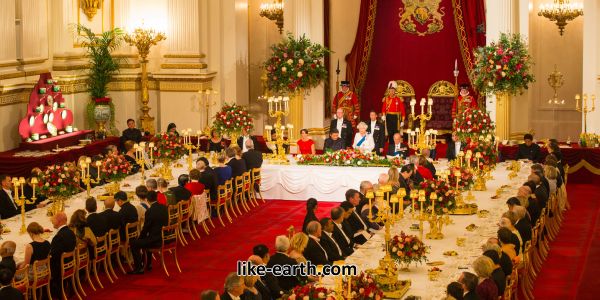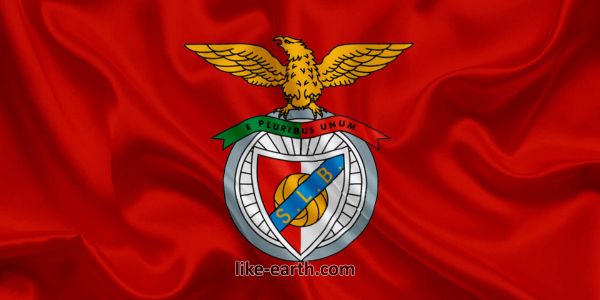Royal Banquet Etiquette and Customs Across Monarchies

Royal banquet etiquette and customs across monarchies offer a captivating look into regal life. These elaborate events are not only about fine dining, but also about diplomacy, tradition, and status. Each monarchial tradition brings its own codes, refined behaviors, and ceremonial touches. From the British royal family’s formality to the grandeur of Asian courts, etiquette plays a key role in every royal feast. Royal Banquet Etiquette and Customs Across Monarchies
1. The Invitation – A Symbol of Honor
Receiving an invitation to a royal banquet is a mark of distinction. These formal invitations are often engraved on elegant stationery. They indicate dress code, seating arrangements, and any relevant protocol expectations. Being selected to attend signals social prestige or political importance.
2. Dress Code – Regal and Refined
One of the most critical components of royal banquets is attire. Men typically wear black tie, white tie, or traditional dress depending on the country. Women may wear formal evening gowns, tiaras, or national attire. Jewelry is chosen with care, and members of the royal family often display heirloom pieces.
3. Arrival – Punctuality and Procedure
Guests are expected to arrive precisely on time. A late arrival can be seen as a sign of disrespect. Upon entry, guests are usually announced and formally greeted. In some traditions, bowing or curtseying is required when meeting royalty.
4. Seating Plan – Hierarchy in Action
Seating at a royal banquet is not random. It reflects the order of precedence. The highest-ranking individuals sit closest to the monarch. Careful planning ensures diplomatic balance and honors seniority. Misplacing a guest can lead to offense or embarrassment.
5. The Table Setting – Elegance and Precision
Tables at royal banquets are arranged with extreme care. Fine china, polished silverware, and crystal glassware line the table. Each place setting includes multiple utensils, each for a different course. Centerpieces are elegant but not overpowering, ensuring guests can converse easily.
6. Dining Etiquette – Grace at Every Bite
Guests are expected to follow strict dining rules. Napkins are unfolded and placed on laps. Utensils are used from the outside in. Talking with your mouth full is discouraged. Wine is only sipped after a toast. It’s considered rude to start eating before the monarch does.
7. Toasts and Speeches – Symbolic Gestures
Toasts are important moments at royal banquets. The monarch may offer a speech welcoming guests and acknowledging dignitaries. Toasts must be short, respectful, and often in honor of nations or significant events. Guests respond with raised glasses in silence or polite applause.
8. Entertainment – Music, Culture, and Class
Live music, traditional dance, and cultural performances are common. These serve to showcase national pride and offer guests an immersive experience. In many royal courts, orchestras or choirs perform throughout the banquet to create a refined ambiance.
9. Conversation Etiquette – Diplomacy at the Table
Topics of conversation are carefully chosen. Politics, religion, and personal gossip are avoided. Light, intellectual, or cultural subjects are preferred. Addressing royalty correctly is crucial. Guests speak only when spoken to by the monarch or senior royals.
10. Conclusion and Departure – Polished Farewells
The banquet ends with formal thanks. Guests usually wait until the monarch leaves before departing. Some events include a procession or a closing musical performance. Etiquette is maintained until the very end, with guests often escorted out by officials.
Global Variations in Royal Banquet Etiquette
While core principles are shared, each country adds unique customs. In Japan, silence and harmony are emphasized. Middle Eastern royal banquets may involve elaborate feasting traditions and communal dishes. Scandinavian courts favor simplicity and elegance. Every monarchy has a cultural signature.
Symbolism Behind Royal Banquets
These events serve more than food. They celebrate alliances, mark historical occasions, and display royal hospitality. Every gesture, from the placement of a fork to a spoken toast, has symbolic value. Banquets reinforce royal dignity and connect modern leadership to historical roots.
Explore More Royal Traditions
Interested in the deeper stories behind monarchies? Discover traditions of royalty, nature, and history at Like Earth and explore a treasure trove of royal heritage insights.
Stay Connected to Royal Culture
Want to be the first to know about exclusive royal etiquette content? Subscribe now to our official WhatsApp channel for live updates and features.



